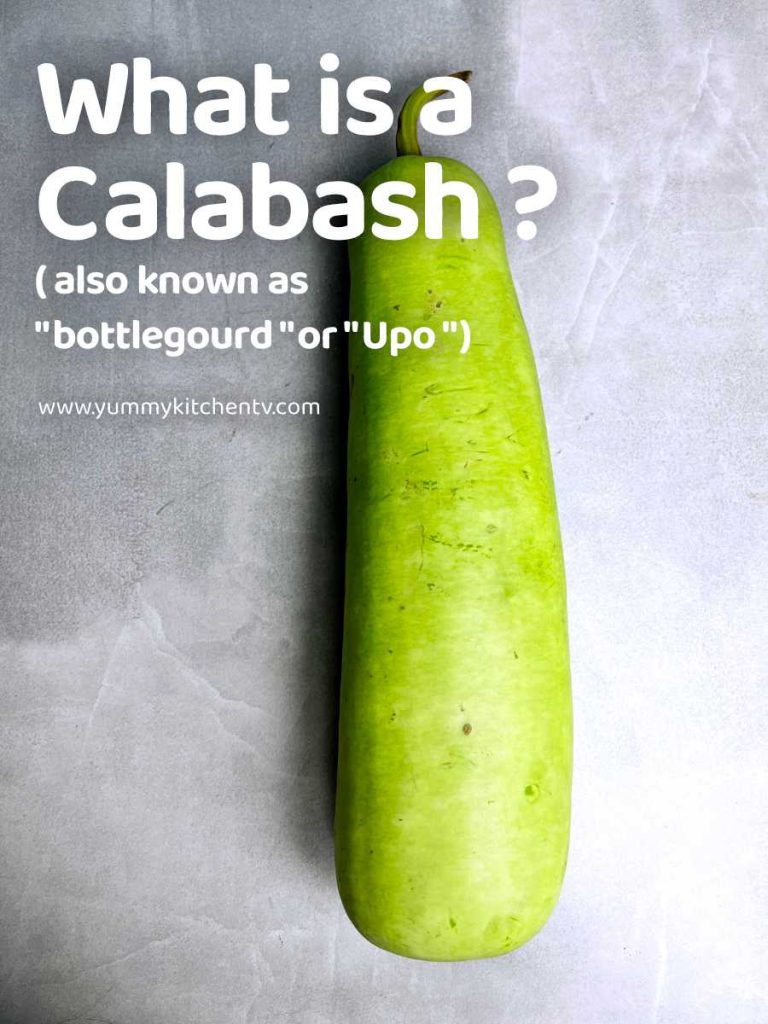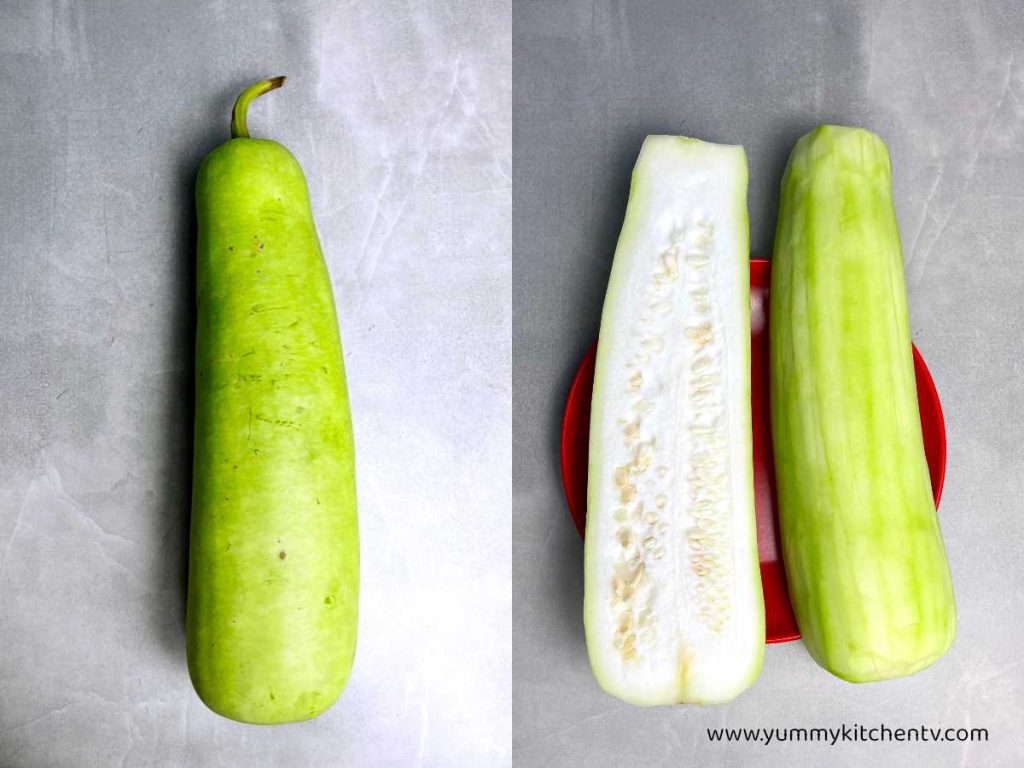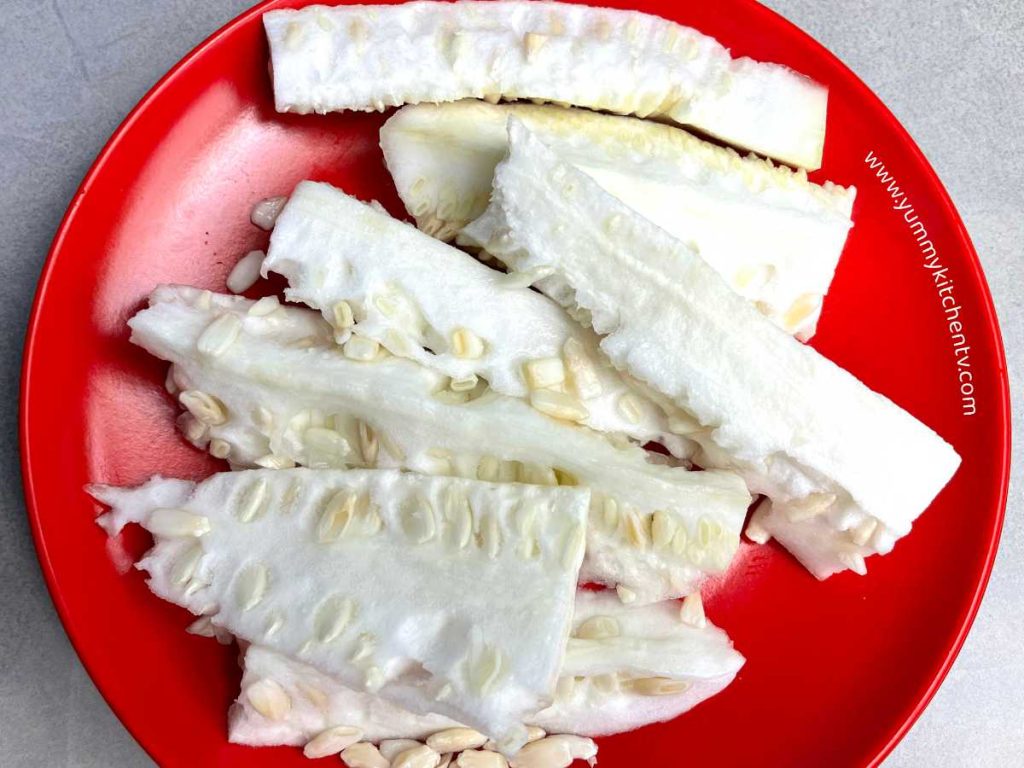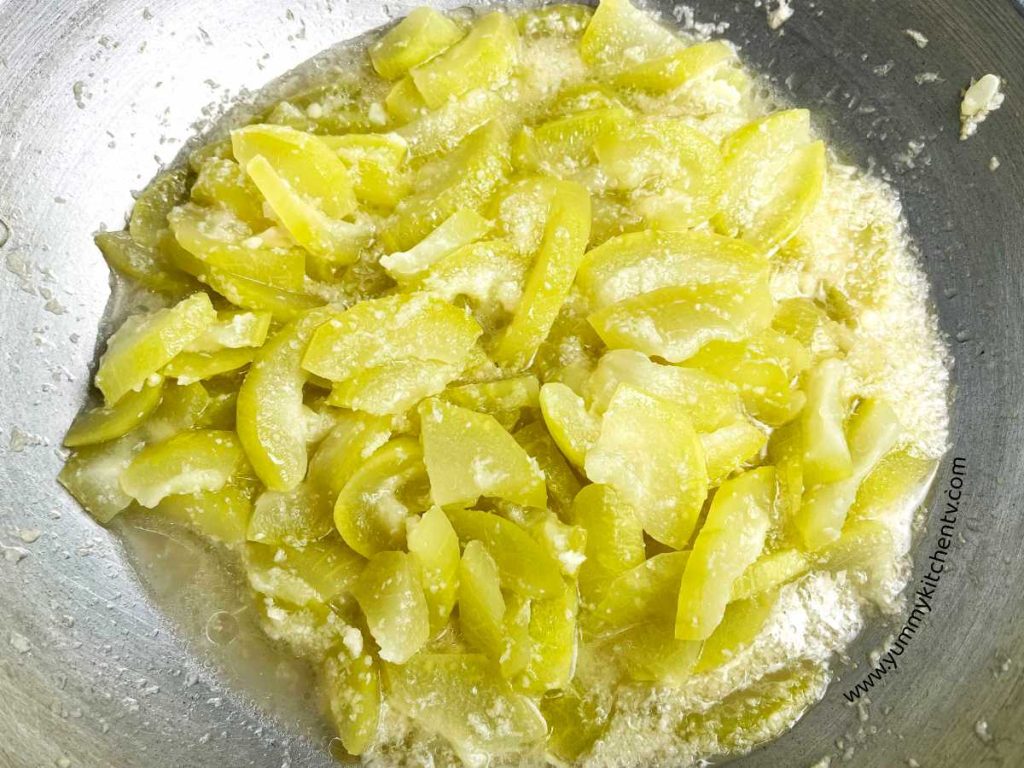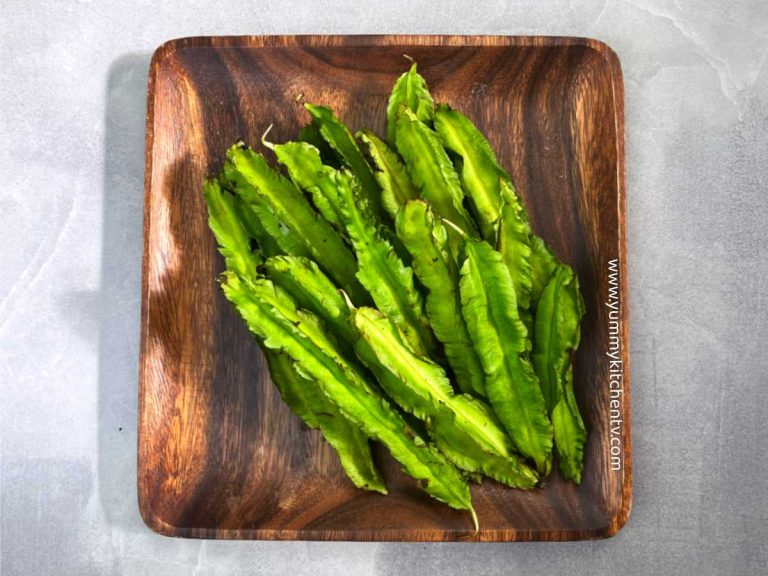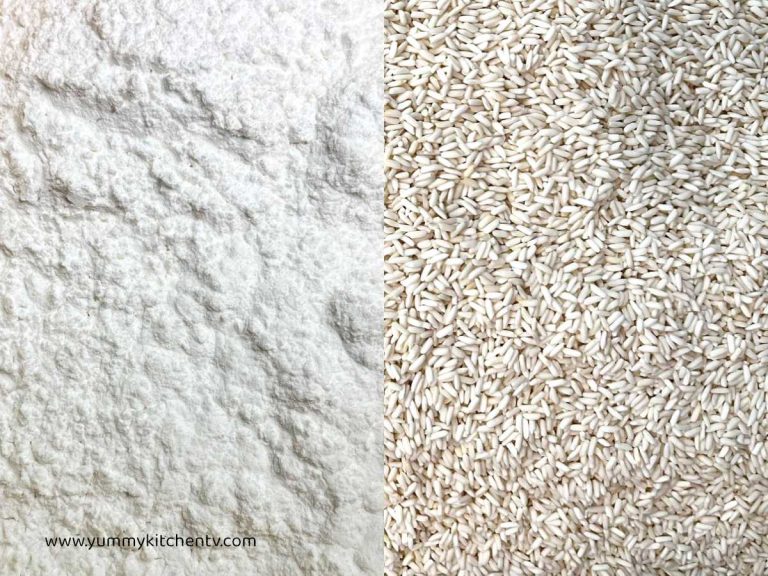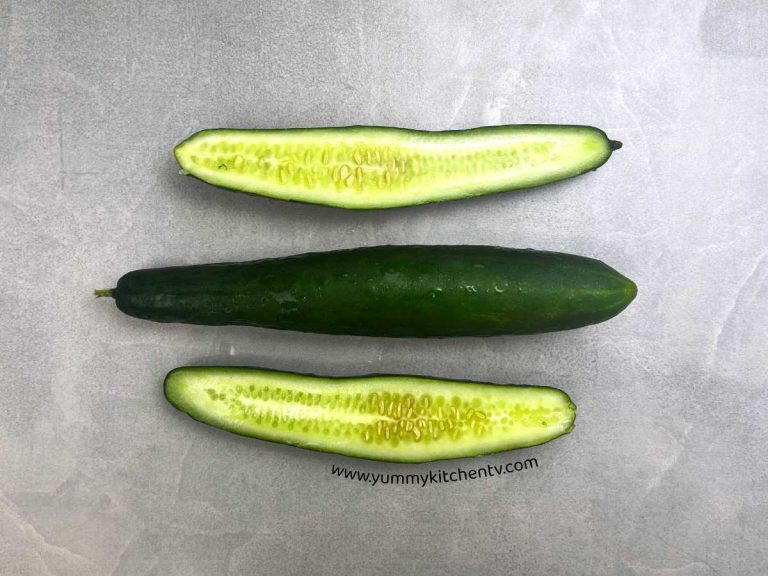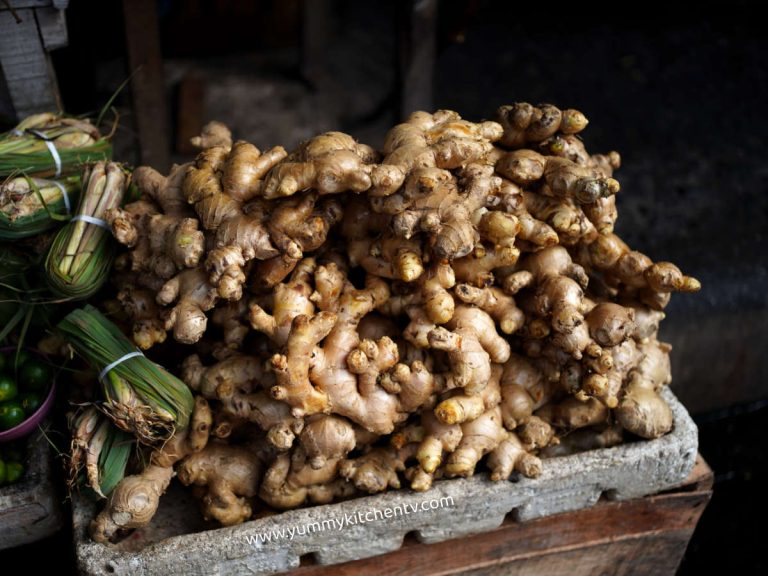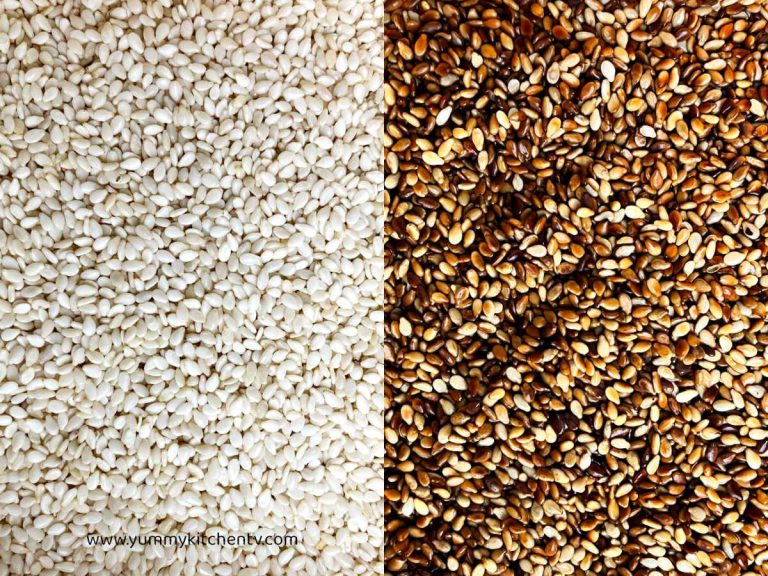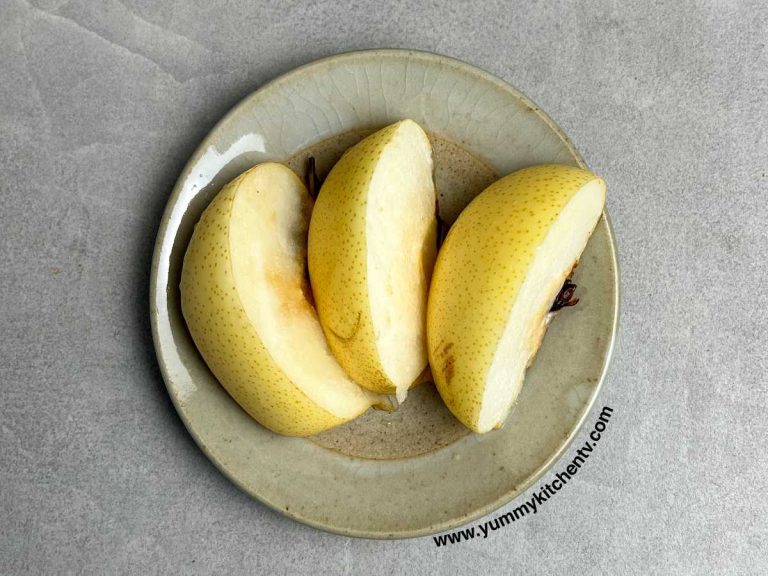Calabash
The Upo vegetable, also called the ‘Bottle gourd’ or ‘Calabash’ (with the scientific name Lagenaria siceraria) is a nutrient-dense tropical vegetable-fruit with a high carbohydrate content. Often cooked in savory dishes usually stews, soups, or sautéed with pork or beef, or when dried are turned into traditional crafts. Loved by many for being budget friendly, it’s subtle sweet and refreshing taste, and many health benefits. What makes this white-flowered gourd so interesting? Find out more below.
A short Introduction
The ‘Calabash fruit’ also known as ‘Upo’ or the ‘Bottle Gourd’, got its name from the elongated shape it takes on once fully grown. It looks like an old bottle gourd used in ancient history by Jesuit missionaries and Spanish colonialists. A bright green vegetable was actually cultivated not for eating but to use as a container for liquids, carried during the Pre-Columbian era, first from Asia to Africa, Americas, then Europe, going into the New World. Calling these ‘calabashes’.
Domesticated first in Asia, then in Africa 4,000 years later. Commonly grown and cultivated in tropical and subtropical areas. The Calabash tree or ‘Crescentia cujete’ grows in moist sandy loam soils, in almost all climates, planted in May to July or October to December. The Calabash vegetables grows on vines, despite its large bottle shape or more rounded shape that can reach to a meter to 9 meters long, needing support from a pole or sometimes finding itself growing over another nearby tree. It may take 2 months for the white flowers to later turn into this fruit, then it will finally achieve a good enough ripeness and nutrients to be considered ready to cook. These have bright green smooth skin, sliced open to reveal a white flesh, that is cooked differently depending on which country, for example; China cooks this vegetable by stir-fringy or as a soup, Japan dries this and uses it to make rolled sushi, Korea scapes the insides and eats the inner flesh, then uses the outer skin as bowls, Central America toasts and grounds the seeds with ingredients like cinnamon, rice and allspice to make a beverage called horchata, in the Philippines these are added in soup and noodles dishes. Many more counties have since gotten interested in this fruit which now had let to many interesting recipes.
Upo benefits (calabash benefits)
A tropical or subtropical fruit that can be found anywhere, these are an affordable and delicious way to add a good amount of vitamins, minerals, amino acids and lipids into your diet. Below are some examples on why you should add them into your next meal:
- For weight loss, drinking and eating upo can fill you up with fiber, iron, and potassium, keeping you full and the stomach healthy.
- Helps with constipation, these are considered a purgative since it contains hydrocyanic acid. Making you have an easier time.
- Helps with reducing stress, this vegetable is not only refreshing to the taste buds, but to the body as well. This ingredient has small sedative properties that help cool down and relax the body.
- Brain health is important as you grow older, this vegetable is the ideal ingredient for sleeping disorders. A good sleep can help the body function better and helps with a lot of problems like memory loss and the neurological system.
- Beneficial for heart health, drinking the upo juice keeps the blood pressure on check and maintains a healthy heart.
- Prevents premature aging, because this is also a great source of antioxidants, it can help remove toxicity in the body, retain hair texture and color, as well as fights against cell damage.
Uses of calabash
There are some uses of the upo aside from using it as food, some parts of the tree or even the fruit can be used as medicine, or utensils. Here are just some examples:
- Leaves are used to make tea that help reduce high blood pressure.
- The pulp is eaten to cure stomach aches, blood pressure, respiratory and chest pains.
- The calabash fruit, scraped out of the flesh, hollowed and dried, are turned into bowls, cups or water bottles.
- The shells are also turned into nest boxes or bird feeders.
- You can also find it turned into a musical instrument like maracas.
- The tree barks are used topically to treat tumors, hematomas, and to clean wounds.
- The trees are also used to make wooden handles or baskets.
How to cut Upo
- Wash the upo under running water.
- Chop both ends.
- Peel in a lengthwise motion using a peeler or knife.
- Slice it in half lengthwise 4 times, making 8 equal parts.
- Trim the spongy parts with the seeds. You can throw the seed parts out or keep it to plant more upo. For many, seeds are alright to eat when still fresh, if the Upo is a bit older the seeds will harden and be hard o chew.
- Slice the remaining part of the upo to your desired size.
Calabash or ‘Upo’ in the Philippines
“Upo” in English is “Calabash”. A vegetable popularly cooked in the Philippines. This bright green fruit vegetable can be found wildly growing in the province, rapidly covering thatched roofs, or all around other trees especially in the summer. They are called a ‘Miracle fruit’ by some as it’s believed to cure any disease, one of them being able to prevent cancer cells in the body. These are harvested young to be eaten as a vegetable, or harvested once it’s matured to be dried and be used as a container, musical instrument, or utensil. Now having a numerous amount of calabash recipes to enjoy. You can find some delicious Upo recipes here:
- Nilagang upo, a simple pork dish with a pop of green in the form of upo. Healthy, delicious and easy to make. All you need to make sure of is simmer the pork till tender and you’re ready to serve.
- Sotanghon with Upo, simple to make but big in flavor. A great and tasty filling noodle dish for the colder months, that just needs a few ingredients to make. Great for cozying up in the rainy weather.
- Ginisang upo or Upo Guisado, a simple, healthy and easy way to enjoy upo. Sautéing it with simple aromatics such as garlic and onions, adding pork for added flavor, or discard the meat to turn it vegetarian.
#Calabash #BottleGourd #VersatileVeggie #HealthyEating #GourdRecipes #VegetableLovers #NutrientRich #CulinaryTradition #NaturalIngredients #CulturalHeritage


